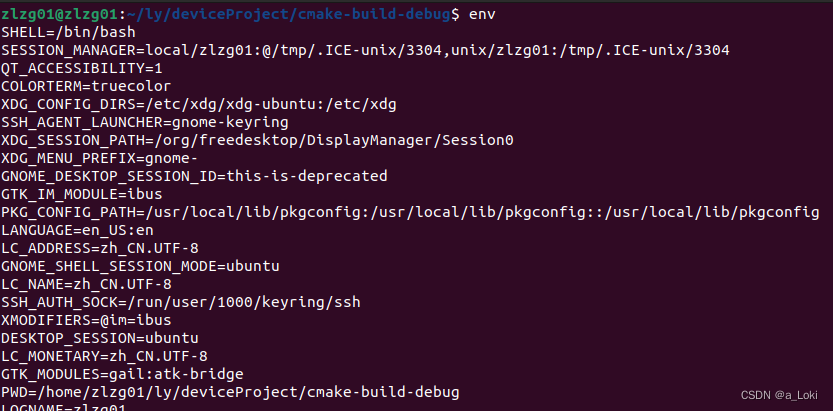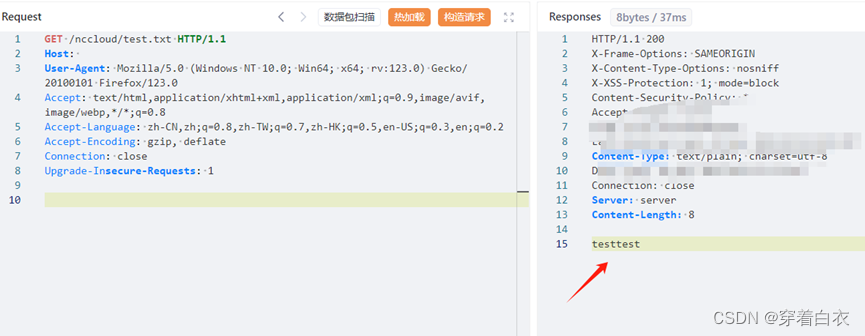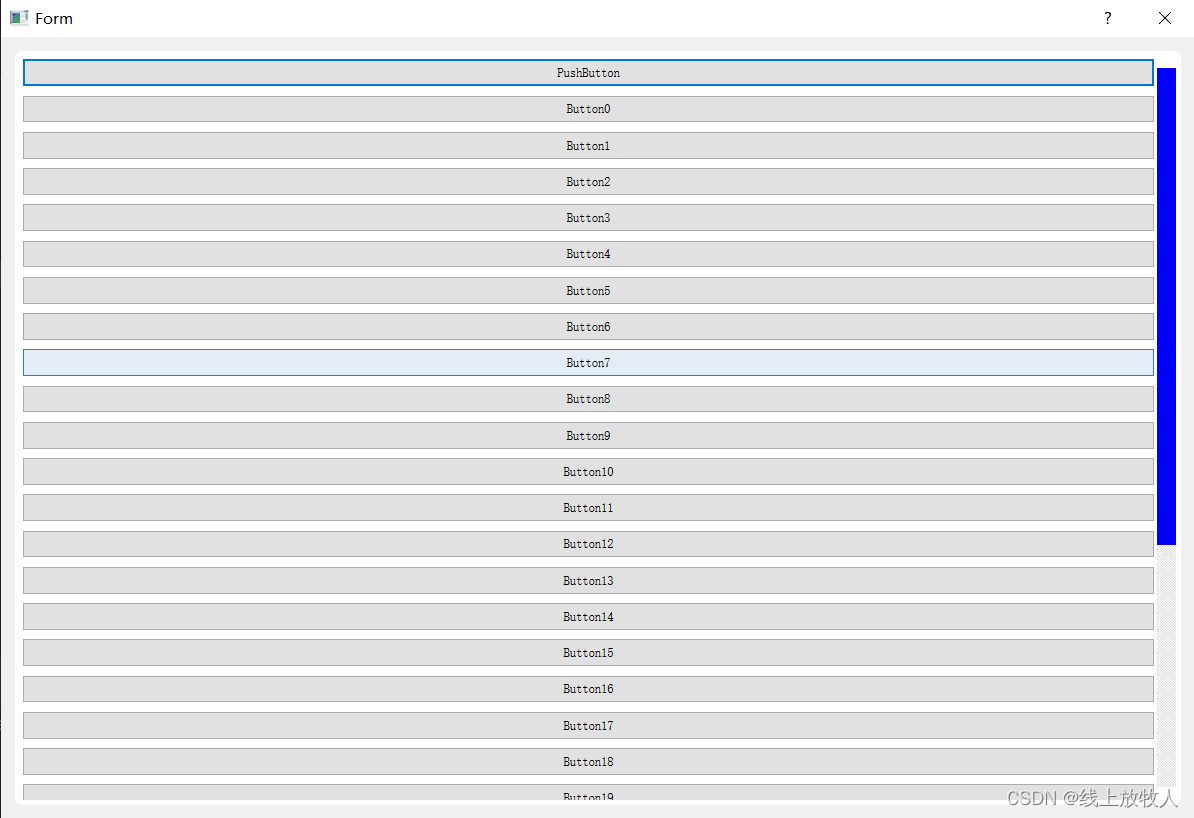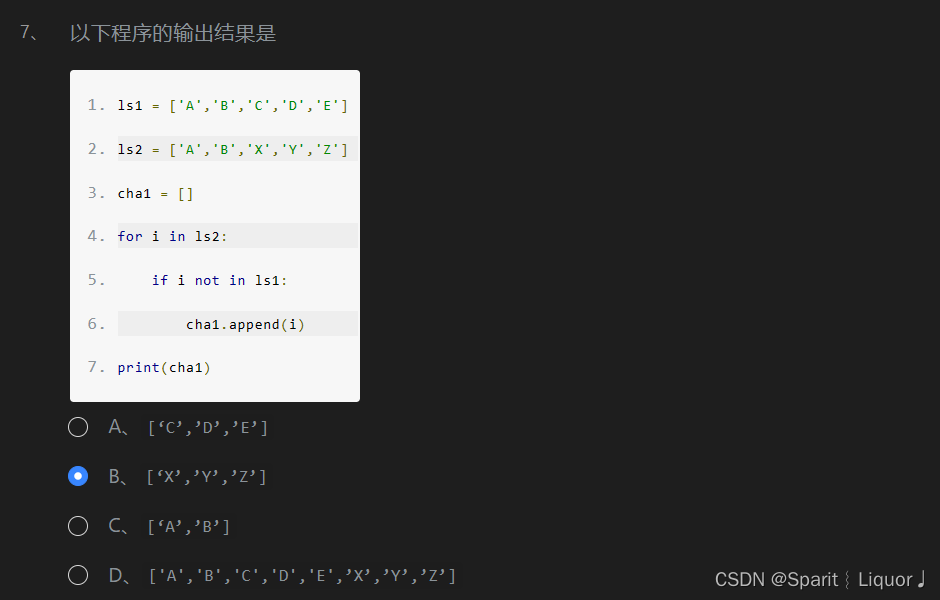技术背景
自2015年我们发布Android平台RTSP、RTMP直播播放模块以来,渲染这块,支持SurfaceView或GlSurfaceView,当然如果开发者需要TextureView渲染,可以把RTSP、RTMP流数据解码回调YUV或RGB数据上来,上层自己渲染。本文主要介绍,如何实现RTSP、RTMP播放器TextureView渲染。在此之前,我们先看看TextureView优缺点:
先说优点:
- 更高的性能:TextureView使用基于硬件加速的渲染管道,可以在GPU中进行图像处理和渲染,这比SurfaceView的软件渲染方式更高效。因此,TextureView在图像和视频渲染方面具有更好的性能。
- 更强的功能:TextureView可以与其他控件进行自由组合,可以在布局中灵活地放置和调整大小。而SurfaceView只能全屏显示,无法与其他控件混合使用。
- 更灵活的绘制方式:TextureView允许开发者直接在其上面绘制图像,通过Canvas和OpenGL ES等API,可以实现更丰富的渲染效果。
- 支持动画和截图:TextureView支持移动、旋转、缩放等动画,并且支持截图功能。
再说缺点:
- 必须在硬件加速的窗口中使用:TextureView必须在硬件加速的窗口中使用,如果设备不支持硬件加速或者硬件加速被禁用,TextureView可能无法正常工作。
- 占用内存较高:与SurfaceView相比,TextureView占用内存更高,这可能会影响到应用的性能,特别是在处理大型图像或视频时。
- 渲染线程问题:在Android 5.0以前,TextureView在主线程进行渲染,这可能导致UI卡顿。虽然在Android 5.0及以后版本中,TextureView有了单独的渲染线程,但在高GPU负荷的场景下,可能存在帧率下降的问题。
- 同步问题:TextureView需要在多个线程之间进行写读同步,包括CPU和GPU的同步。当同步失调时,可能会出现掉帧或吞帧导致的卡顿和抖动现象。
技术实现
本文以大牛直播SDK的Android平台SmartPlayerV2工程demo为例:
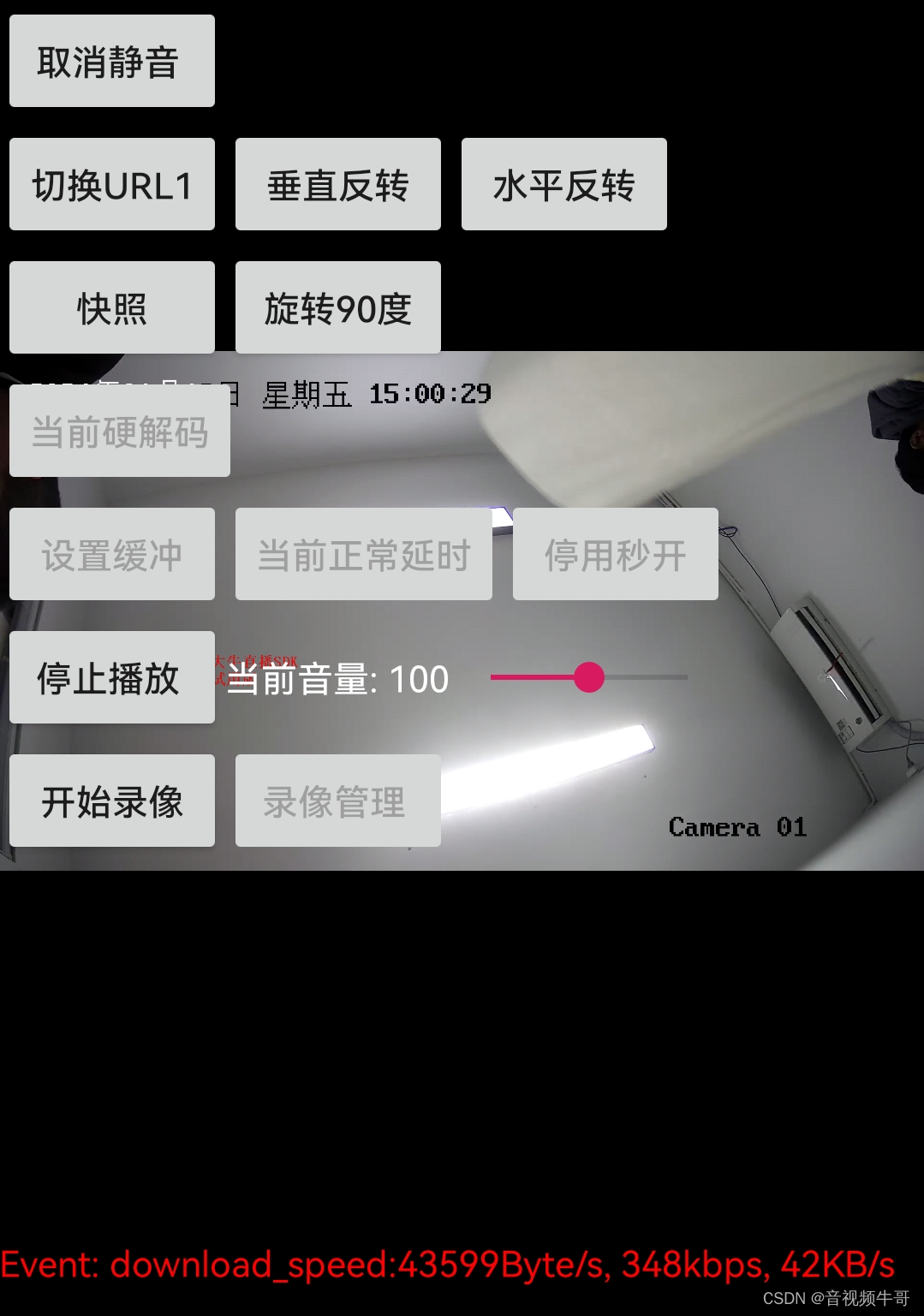
开始播放之前,CreateView()实现如下:
/*
* SmartPlayer.java
* Author: daniusdk.com
* Create rendering with different type
*/
private boolean CreateView() {
if (sSurfaceView != null)
return true;
Log.i(TAG, "CreateView");
if (SURFACE_TYPE_NULL == surface_type_) {
String manufacturer = Build.MANUFACTURER;
Log.i(TAG, "CreateView, current manufacturer: " + manufacturer);
if (is_enable_hardware_render_mode) {
//hardware render模式,第二个参数设置为false
sSurfaceView = NTRenderer.CreateRenderer(this, false);
} else {
//这个字符串可以自己定义,例如判断华为就填写huawei,魅族就填写meizu
if ("huawei".equalsIgnoreCase(manufacturer)) {
sSurfaceView = NTRenderer.CreateRenderer(this, true);
} else {
/*
* useOpenGLES2: If with true: Check if system supports openGLES, if
* supported, it will choose openGLES. If with false: it will set
* with default surfaceView;
*/
sSurfaceView = NTRenderer.CreateRenderer(this, true);
}
}
} else {
if (SURFACE_TYPE_TEXTURE_VIEW == surface_type_) {
TextureView texture_view = new TextureView(this);
texture_view.setSurfaceTextureListener(this);
sSurfaceView = texture_view;
} else
sSurfaceView= new SurfaceView(this);
}
if (sSurfaceView == null) {
Log.i(TAG, "Create render failed..");
return false;
}
if (is_enable_hardware_render_mode || SURFACE_TYPE_SURFACE_VIEW == surface_type_) {
if (sSurfaceView instanceof SurfaceView) {
SurfaceHolder surfaceHolder = ((SurfaceView)sSurfaceView).getHolder();
if (surfaceHolder == null)
Log.e(TAG, "CreateView, surfaceHolder with null..");
else
surfaceHolder.addCallback(this);
}
}
return true;
}
视频流开始播放后,我们会把视频宽高信息回调上来(EVENT_DANIULIVE_ERC_PLAYER_RESOLUTION_INFO),然后,根据获取到的宽高信息,调用adjustTextureViewAspectRatio()按比例显示窗口,如果需要铺满显示,不调用比例显示即可。
class EventHandeV2 implements NTSmartEventCallbackV2 {
@Override
public void onNTSmartEventCallbackV2(long handle, int id, long param1,
long param2, String param3, String param4, Object param5) {
//Log.i(TAG, "EventHandeV2: handle=" + handle + " id:" + id);
String player_event = "";
switch (id) {
case NTSmartEventID.EVENT_DANIULIVE_ERC_PLAYER_STARTED:
player_event = "开始..";
break;
case NTSmartEventID.EVENT_DANIULIVE_ERC_PLAYER_CONNECTING:
player_event = "连接中..";
break;
case NTSmartEventID.EVENT_DANIULIVE_ERC_PLAYER_CONNECTION_FAILED:
player_event = "连接失败..";
break;
case NTSmartEventID.EVENT_DANIULIVE_ERC_PLAYER_CONNECTED:
player_event = "连接成功..";
break;
case NTSmartEventID.EVENT_DANIULIVE_ERC_PLAYER_DISCONNECTED:
player_event = "连接断开..";
break;
case NTSmartEventID.EVENT_DANIULIVE_ERC_PLAYER_STOP:
player_event = "停止播放..";
break;
case NTSmartEventID.EVENT_DANIULIVE_ERC_PLAYER_RESOLUTION_INFO:
player_event = "分辨率信息: width: " + param1 + ", height: " + param2;
handler.post(new OnNTPlayerVideoSize((int)param1, (int)param2));
break;
case NTSmartEventID.EVENT_DANIULIVE_ERC_PLAYER_NO_MEDIADATA_RECEIVED:
player_event = "收不到媒体数据,可能是url错误..";
break;
case NTSmartEventID.EVENT_DANIULIVE_ERC_PLAYER_SWITCH_URL:
player_event = "切换播放URL..";
break;
case NTSmartEventID.EVENT_DANIULIVE_ERC_PLAYER_CAPTURE_IMAGE:
player_event = "快照: " + param1 + " 路径:" + param3;
if (param1 == 0)
player_event = player_event + ", 截取快照成功";
else
player_event = player_event + ", 截取快照失败";
if (param4 != null && !param4.isEmpty())
player_event += (", user data:" + param4);
break;
case NTSmartEventID.EVENT_DANIULIVE_ERC_PLAYER_RECORDER_START_NEW_FILE:
player_event = "[record]开始一个新的录像文件 : " + param3;
break;
case NTSmartEventID.EVENT_DANIULIVE_ERC_PLAYER_ONE_RECORDER_FILE_FINISHED:
player_event = "[record]已生成一个录像文件 : " + param3;
break;
case NTSmartEventID.EVENT_DANIULIVE_ERC_PLAYER_START_BUFFERING:
Log.i(TAG, "Start Buffering");
break;
case NTSmartEventID.EVENT_DANIULIVE_ERC_PLAYER_BUFFERING:
Log.i(TAG, "Buffering:" + param1 + "%");
break;
case NTSmartEventID.EVENT_DANIULIVE_ERC_PLAYER_STOP_BUFFERING:
Log.i(TAG, "Stop Buffering");
break;
case NTSmartEventID.EVENT_DANIULIVE_ERC_PLAYER_DOWNLOAD_SPEED:
player_event = "download_speed:" + param1 + "Byte/s" + ", "
+ (param1 * 8 / 1000) + "kbps" + ", " + (param1 / 1024)
+ "KB/s";
break;
case NTSmartEventID.EVENT_DANIULIVE_ERC_PLAYER_RTSP_STATUS_CODE:
Log.e(TAG, "RTSP error code received, please make sure username/password is correct, error code:" + param1);
player_event = "RTSP error code:" + param1;
break;
....
}
if (player_event.length() > 0) {
Log.i(TAG, player_event);
Message message = new Message();
message.what = PLAYER_EVENT_MSG;
message.obj = player_event;
handler.sendMessage(message);
}
}
}OnNTPlayerVideoSize实现如下:
class OnNTPlayerVideoSize implements Runnable{
int width_;
int height_;
OnNTPlayerVideoSize(int w, int h ) {
this.width_ = w;
this.height_ = h;
}
public void run() {
if (this.width_ < 1 || this.height_ < 1)
return;
video_width_ = this.width_;
video_height_ = this.height_;
if (null == sSurfaceView)
return;
if (SURFACE_TYPE_TEXTURE_VIEW == surface_type_ && sSurfaceView instanceof TextureView)
adjustTextureViewAspectRatio((TextureView)sSurfaceView, this.width_, this.height_);
else if (((isHardwareDecoder&&is_enable_hardware_render_mode) || SURFACE_TYPE_SURFACE_VIEW == surface_type_)
&& sSurfaceView instanceof SurfaceView )
adjustSurfaceViewAspectRatio((SurfaceView)sSurfaceView, this.width_, this.height_);
}
}针对TextureView处理如下:
/**
* Invoked when a {@link TextureView}'s SurfaceTexture is ready for use.
*
* @param surface The surface returned by
* {@link android.view.TextureView#getSurfaceTexture()}
* @param width The width of the surface
* @param height The height of the surface
*/
public void onSurfaceTextureAvailable(SurfaceTexture surface, int width, int height) {
Log.i(TAG, "TextureView onSurfaceTextureAvailable w:" + width + ", h:" + height);
if (texture_view_surface_ != null) {
texture_view_surface_.release();
texture_view_surface_ = null;
}
texture_view_surface_ = new Surface(surface);
if (isPlaying && SURFACE_TYPE_TEXTURE_VIEW == surface_type_) {
libPlayer.SetSurface(playerHandle, texture_view_surface_, 0, disable_codec_render_surface_, disable_sdk_render_surface_);
if (video_width_ > 0 && video_height_ > 0 && sSurfaceView != null && (sSurfaceView instanceof TextureView))
adjustTextureViewAspectRatio((TextureView)sSurfaceView, video_width_, video_height_);
}
}
/**
* Invoked when the {@link SurfaceTexture}'s buffers size changed.
*
* @param surface The surface returned by
* {@link android.view.TextureView#getSurfaceTexture()}
* @param width The new width of the surface
* @param height The new height of the surface
*/
public void onSurfaceTextureSizeChanged(SurfaceTexture surface, int width, int height) {
Log.i(TAG, "TextureView onSurfaceTextureSizeChanged w:" + width + ", h:" + height);
if(isPlaying && SURFACE_TYPE_TEXTURE_VIEW == surface_type_) {
if (sSurfaceView != null && (sSurfaceView instanceof TextureView) && video_width_ > 0 && video_height_ > 0)
adjustTextureViewAspectRatio((TextureView) sSurfaceView, video_width_, video_height_);
}
}
/**
* Invoked when the specified {@link SurfaceTexture} is about to be destroyed.
* If returns true, no rendering should happen inside the surface texture after this method
* is invoked. If returns false, the client needs to call {@link SurfaceTexture#release()}.
* Most applications should return true.
*
* @param surface The surface about to be destroyed
*/
public boolean onSurfaceTextureDestroyed(SurfaceTexture surface) {
Log.i(TAG, "TextureView onSurfaceTextureDestroyed");
if(isPlaying && SURFACE_TYPE_TEXTURE_VIEW == surface_type_)
libPlayer.SetSurface(playerHandle, null, 0, 0, 0);
if (texture_view_surface_ != null) {
texture_view_surface_.release();
texture_view_surface_ = null;
}
return true;
}
/**
* Invoked when the specified {@link SurfaceTexture} is updated through
* {@link SurfaceTexture#updateTexImage()}.
*
* @param surface The surface just updated
*/
public void onSurfaceTextureUpdated(SurfaceTexture surface) {
// Log.i(TAG, "TextureView onSurfaceTextureUpdated");
}至此,RTSP|RTMP播放,我们是实现的功能如下(如不特别说明,代表Windows、Linux、Android、iOS平台均支持):
- [支持播放协议]高稳定、超低延迟、业内首屈一指的RTSP|RTMP直播播放器SDK;
- [多实例播放]支持多实例播放;
- [事件回调]支持网络状态、buffer状态等回调;
- [视频格式]支持H.265、H.264,此外,还支持RTSP MJPEG播放;
- [音频格式]RTSP支持AAC/PCMA/PCMU、RTMP支持AAC/PCMA/PCMU/Speex;
- [H.264/H.265软解码]支持H.264/H.265软解,支持Enhanced RTMP H.265;
- [H.264硬解码]Windows/Android/iOS支持特定机型H.264硬解;
- [H.265硬解]Windows/Android/iOS支持特定机型H.265硬解;
- [H.264/H.265硬解码]Android支持设置Surface模式硬解和普通模式硬解码;
- [RTSP模式设置]支持RTSP TCP/UDP模式设置;
- [RTSP TCP/UDP自动切换]支持RTSP TCP、UDP模式自动切换;
- [RTSP超时设置]支持RTSP超时时间设置,单位:秒;
- [RTSP 401认证处理]支持上报RTSP 401事件,如URL携带鉴权信息,会自动处理;
- [缓冲时间设置]支持buffer time设置;
- [首屏秒开]支持首屏秒开模式;
- [复杂网络处理]支持断网重连等各种网络环境自动适配;
- [快速切换URL]支持播放过程中,快速切换其他URL,内容切换更快;
- [音视频多种render机制]Android平台,视频:surfaceview/OpenGL ES,音频:AudioTrack/OpenSL ES;
- [实时静音]支持播放过程中,实时静音/取消静音;
- [实时音量调节]支持播放过程中实时调节音量;
- [实时快照]支持播放过程中截取当前播放画面;
- [只播关键帧]Windows平台支持实时设置是否只播放关键帧;
- [渲染角度]支持0°,90°,180°和270°四个视频画面渲染角度设置;
- [渲染镜像]支持水平反转、垂直反转模式设置;
- [等比例缩放]支持图像等比例缩放绘制(Android设置surface模式硬解模式不支持);
- [实时下载速度更新]支持当前下载速度实时回调(支持设置回调时间间隔);
- [解码前视频数据回调]支持H.264/H.265数据回调;
- [解码后视频数据回调]支持解码后YUV/RGB数据回调;
- [解码前音频数据回调]支持AAC/PCMA/PCMU数据回调;
- [音视频自适应]支持播放过程中,音视频信息改变后自适应;
- [扩展录像功能]完美支持和录像SDK组合使用。
总结
做播放器不难,做高稳定低延迟低资源占用的RTMP|RTSP直播播放器还是有点儿难度,以上是大牛直播SDK针对Android平台RTMP|RTSP播放器TextureView渲染相关的技术交流,感兴趣的开发者,也可以找我单独沟通。
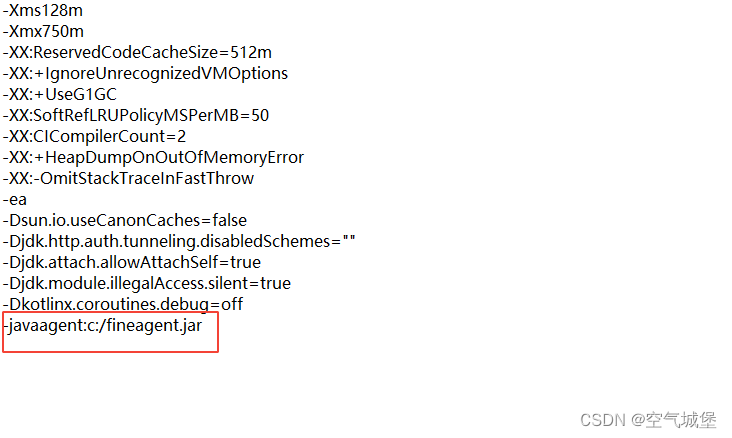


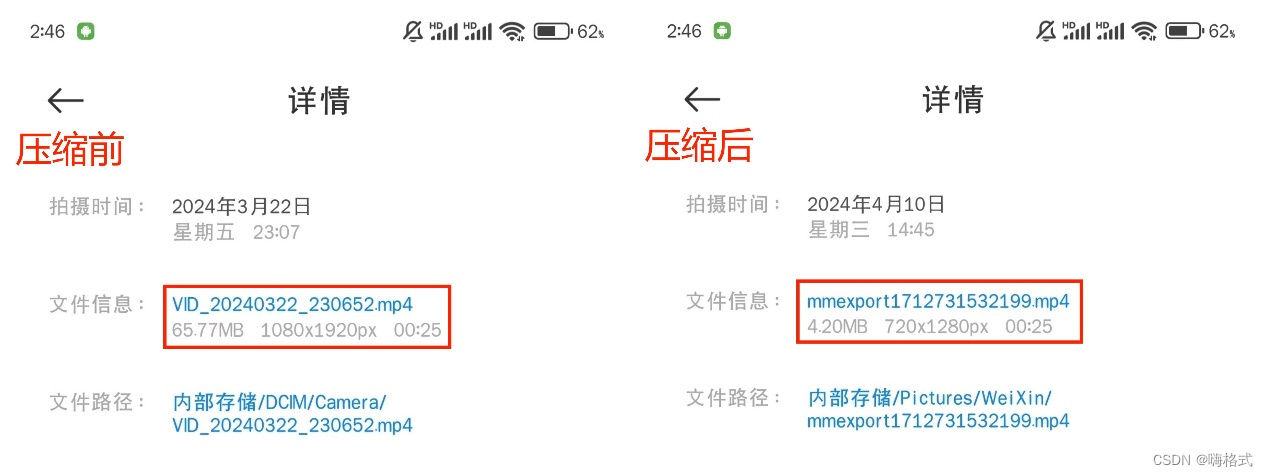

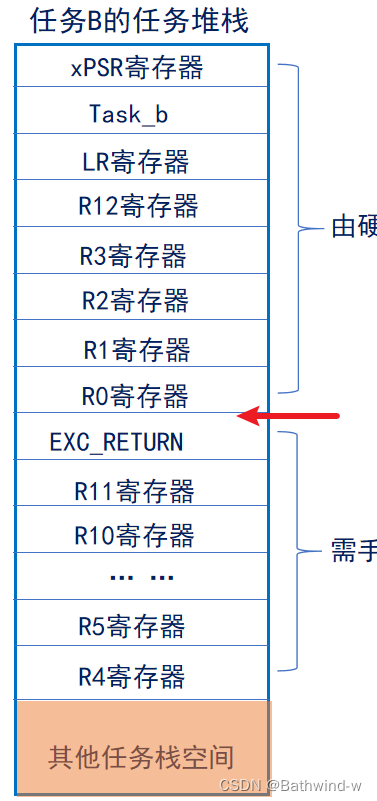

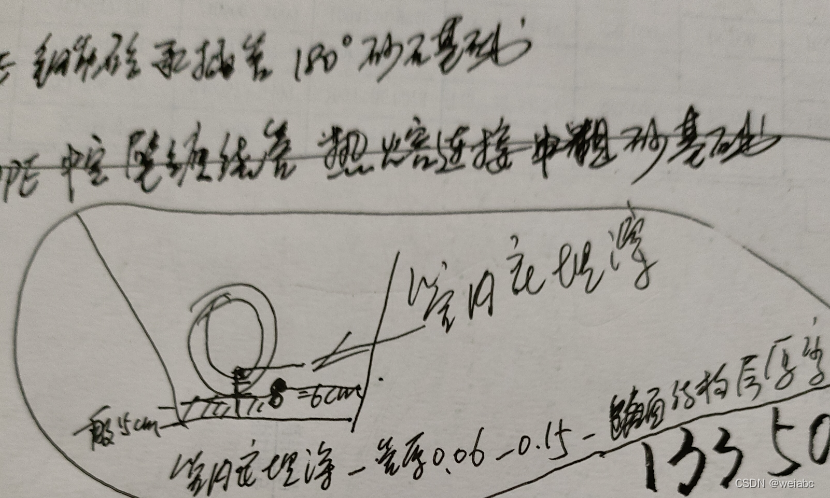
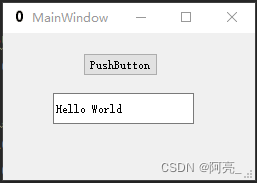


![[lesson16]类的真正形态](https://img-blog.csdnimg.cn/direct/62f31b48b994474492be6d9fc3d01785.png#pic_center)

